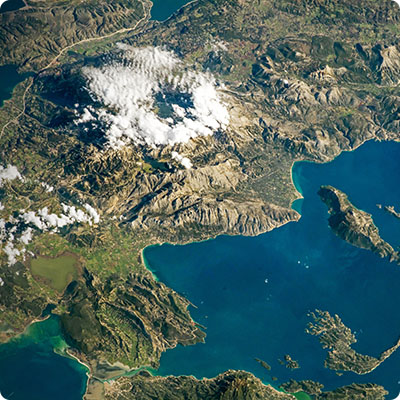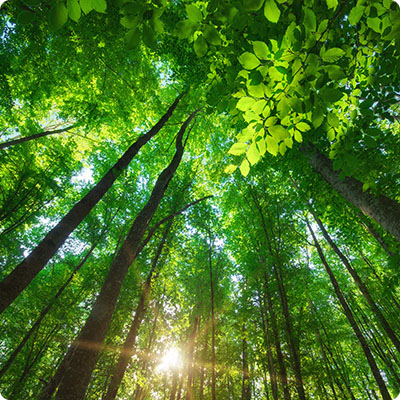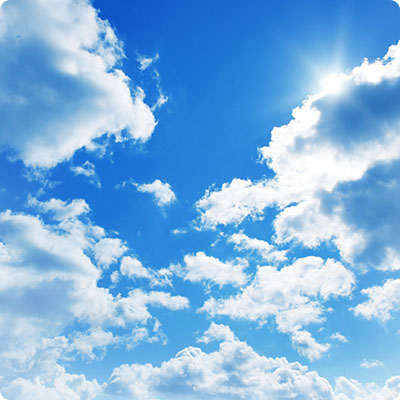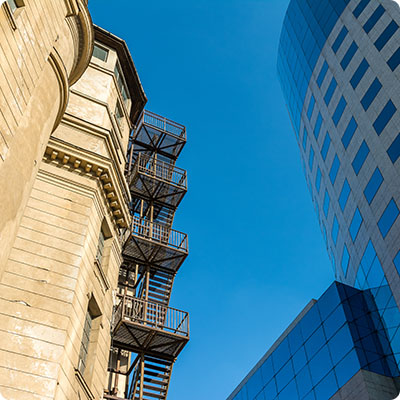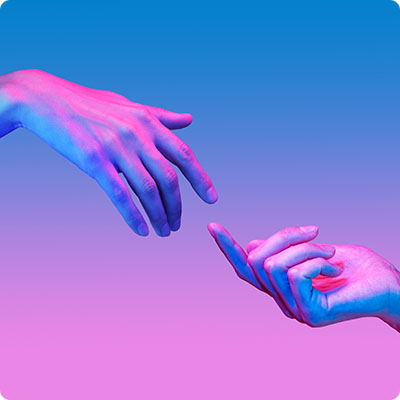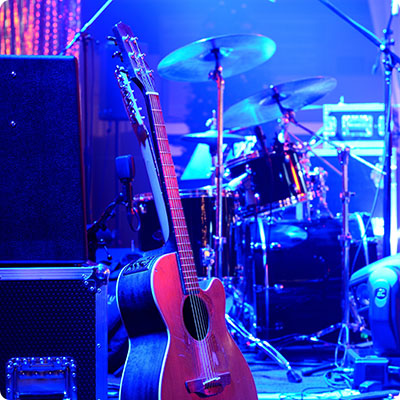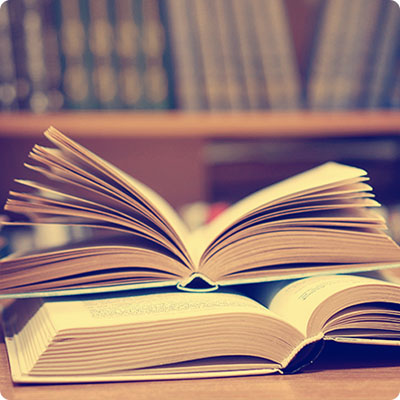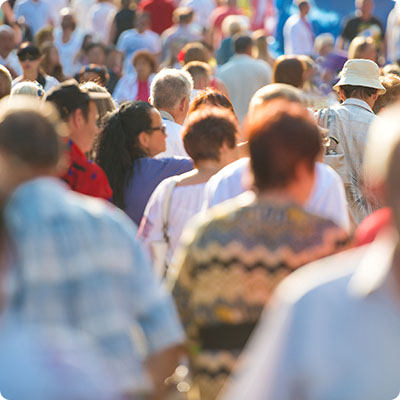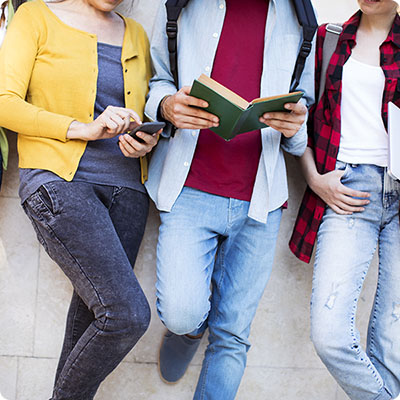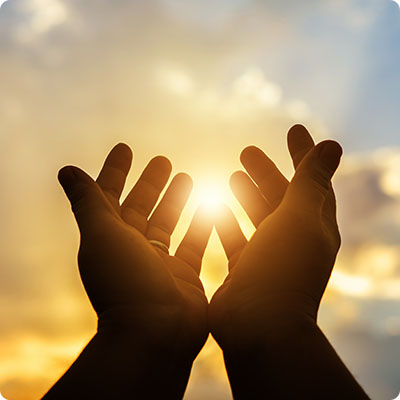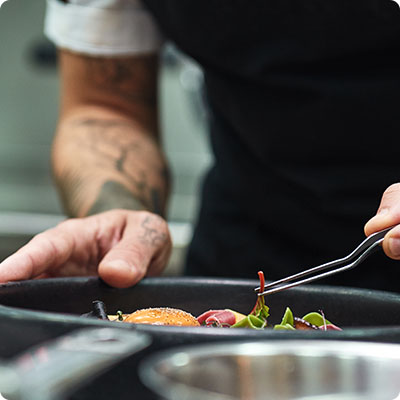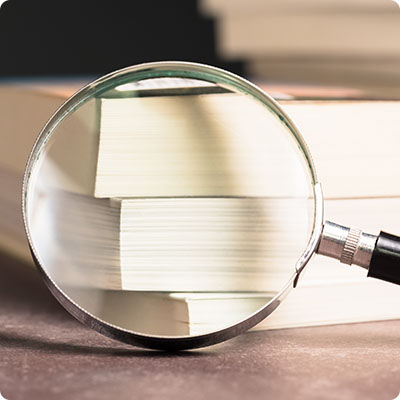The birth of cave art
One of the world's oldest frescoes has been discovered in Borneo, on the Indonesian side of Sangkulirang (East Kalimantan). Several millennia of pictorial evolution are inscribed on the rock faces, with the oldest trace dating back 52,000 years. The famous series of negative hands are particularly inventive. In duets, bouquets, clenched fists or crossed fingers, 2,000 hands bear witness to a creative quest that surprised the first archaeologists who studied them in the 1990s. On a Gua Tewet wall, twelve hands stenciled and decorated with symbols make up the famous Tree of Life. This term is inspired by the family tree-like composition.
Animals such as cattle then appear, followed by human figures. Dated back 20,000 years, the long-haired, wiry figures are depicted hand-in-hand. In all, several thousand paintings adorn some fifty caves. Although difficult to access, it is on this site that the oldest figurative painting in history was drawn. It's worth noting that human motifs soon made their appearance in European caves.
Art Dayak
The Malay archipelago has been a melting pot of cultures since ancient times. Located on the Silk Road, Borneo was enriched by Chinese and Indian influences. The Dayak people, however, have developed their own indigenous art. The Borneo Cultures Museum, which opened in Kuching in 2022, is a must-see for visitors wishing to learn more about the variety of local traditions.
The Dayaks are actually a dozen ethnic groups. In this terrestrial paradise, those nicknamed "headhunters" are terrifying. However, their heritage is incredibly rich, as demonstrated by the exhibition Dayak. The Art of Borneo's Headhunters, presented at the Lugano Museum of Cultures (Musec) in 2020. Bringing together 170 works created between the early 19th and mid-20th centuries, the event focused on the figure of the warrior, central to these peoples. Monumental wooden sculptures, bone statuettes, garments and hats, paddles and amulets, decorated skulls, musical instruments - each object is magnificently crafted and integrated into daily life and rituals. Tattoos, with their geometric and vegetal motifs, signal the social status, function and gender of individuals.
Dayak deities combine Hindu, Buddhist, Chinese and Javanese elements. Two figures are central: the naga, the mythical serpent that protects, ensures prosperity and accompanies the deceased; and the dragon-dog, who repels enemies by showing his fangs. As such, it is often depicted on the roofs of houses, graves and sacred places.
Dayak sculpture also includes human figures in wood, in a refined style that soon attracted European collectors. The pope of surrealism André Breton collected "Hudoq" Dayak masks. All Hudoq are unique, meticulously engraved and colored with natural pigments. These intricate wooden masks are worn by dancers during ceremonies to ward off evil spirits. Whether with a long nose or large ears, the Hudoq mask remains one of the symbols of Borneo.
Hampatong statues are planted in the earth as sentinels. Intended to protect a field or a dwelling, these human representations, exposed to all winds, are reworked by the elements. Ancestor worship remains fundamental to the Bahaus island people. It can be recognized by the human statues, standing or seated, resting their hands on their knees.
Attached to traditions such as ceremonies, bartering and the art of carved wood, the Dayak people nonetheless embrace innovations. It's not uncommon to come across a carved pole depicting a human figure equipped with a watch or telephone.
In addition, the people of Sarawak and Sabah have been perpetuating the art of weaving for four centuries, as demonstrated by the Textile Museum in Kuching. Woodcarvers excel in the creation of totem poles, which can be seen at the Sarawak State Museum, the first cultural institution to open on the island, in 1891.
Nowadays
Pictorial traditions and local flora and fauna remain at the heart of creation. Throughout the island, artists are opening private galleries.
Since 2010, Tianne, whose real name is Christianne Goonting, has been welcoming visitors to Lavinia Private art Gallery (Kota Kinabalu). In her colorful canvases, Tianne is keen to preserve endangered traditions. With spontaneity, she mixes mediums (pen, watercolor, paint, recycled materials) in her works of great freedom.
Based in Sabah, Adrian Ho uses oil on canvas to capture the majesty of Malaysian landscapes. His respect but also his sadness at seeing the natural heritage decay are the keystone of his art. Adrian Ho won his first prize in 1974, at the age of 7. Since then, he has won numerous awards and commissions. His reputation now extends beyond Asia. He works in Kuala Lumpur, Sarawak and Sabah. His paintings can be admired at the Borneo Sunrise Home Gallery.
Specializing in contemporary art, the Mayuri House of Art has been keeping an eye on the avant-garde since 2008. Local and international digital art is on show at the Pro Art Gallery, an open space designed to facilitate experimentation. Also in Sabah, the Sunday Gaya Street Fair invites you to take the pulse of creation while shopping and attending traditional dances.
Nature and the street
The streets of Kuching have seen the emergence of a vibrant street-art scene. Magnificent frescoes unfurl on facades, with environmental themes taking center stage. In 2015, the government took the initiative of attracting muralists to embellish the urban landscape, particularly businesses. Lithuanian muralist Ernest Zacharevic is known for his frescoes in Penang and Kuching, including Barrel of Monkeys (8 little orangutans in a wheelbarrow), visible at the end of India Street. In Wild about Kuching, three floors of birds cover the facades of the Singgahsana Lodge Hotel. Created by Leonard Siaw. Also worth seeing: children of all ethnic groups painted opposite the Fung Shan Temple on Wayang Street.
Stopover in Kuala Lumpur
Less lush but vibrant with energy, Kuala Lumpur's forest of skyscrapers is home to a booming arts scene. Perhaps even one of the most dynamic in Asia. But before diving into the heart of this vibrant life, a detour to the Batu Caves is in order. Ten kilometers north of the city, temples have been built within the caves. The complex is the largest Hindu sanctuary outside India, and is the venue for Hindu festival celebrations. The site is dedicated to Murugan, the god of the celestial army, symbolizing the victory of light over darkness. His golden statue guards the main staircase leading to the caves.
After this breath of serenity, it's back to cosmopolitan Kuala, where all religions coexist. This is reflected in its architecture, with its mix of temples, mosques and churches. And between the Petronas towers, art galleries sprout like mushrooms. Among the museums to visit, the main Malaysian institution is none other than the National Museum - Mizium Negara. The country's entire history and cultural heritage can be seen behind the building's impressive entrance. The ancient art on display in the Pucuk Rebung museum-gallery dates back to the 12th century.
In Kuala, every culture has its own museum, including the Islamic Arts Museum, which explores every facet of its creation, and the Asian Arts Museum, which brings together oriental arts and crafts, including photography.
Galleries
In Chinatown, the spot for local artists and writers is the Aku Cafe & Gallery. Concerts and screenings in addition to exhibitions. At the Galerie D'art National (Jalan Tun Razak), paintings, sculptures and visual experiments can be viewed on a spiral tour. Contemporary art can also be appreciated at Galerie De Tangsi, located in the PAM, home to the Malaysian Association of Architects. The Sasana Kijang center brings together several galleries in a single location. Old masters and contemporary talents from Malaysia and Southeast Asia in general can be admired here.
Artists to watch
Pamela Poh Sin Tan has made a name for herself with installations that blur the boundaries between art and architecture. After studying in the UK, she won the Design for Asia Award 2020 and went on to receive a string of commissions.
Inspired by animals, Kamuei Fong's poetic universe combines illustration and painting on canvas. His series of Furry Things cats won over the public at the Salon des Beaux-Arts in Paris and then at Art Expo Malaysia in Kuala Lumpur.
Photography, with or without digital intervention, is revisited by the talented Monica Lee. Passionate about photorealism, she also defends the environmental cause in her charcoal drawings. Monica Lee was a finalist for the David Shepherd Wildlife Foundation: Wildlife Artist of the Year in 2021.
Dudu De Doodle's graphic talent is full of fantasy. The artist paints portraits of celebrities with coffee, and incorporates everyday objects such as spoons and cookies into his paintings. His world, inspired by manga and pop imagery, is depicted in several frescoes across the capital. A clearly graffiti-oriented graphic artist, Cloakwork has adopted a playful approach to art. His colorful creations grace the streets of many Asian cities. Also a designer for major brands, Cloakwork brings joy and optimism to the lives of passers-by. Right under the sun!
